It cannot be underestimated how important the artistic team is on a comic book. It can make or break a title. The interesting thing is that over time (sometimes years) a title will go through wild swings in the life of that title. To name a few, John Byrne’s Fantastic Four, Miller’s Daredevil and Gene Colan’s Doctor Strange were all great examples of just that. Wild swings.
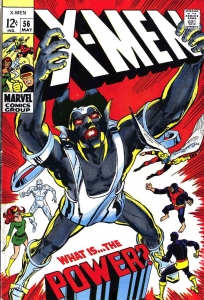 One of the most startling that I recall was the first issue of Neal Adams and Tom Palmer on X-Men. I remember opening up X-Men #56 and the opening credits said “and introducing the penciling wizardry of Neal Adams!”.
One of the most startling that I recall was the first issue of Neal Adams and Tom Palmer on X-Men. I remember opening up X-Men #56 and the opening credits said “and introducing the penciling wizardry of Neal Adams!”.
Now I was familiar with Tom Palmer from his incredible pairing with Gene Colan on Doctor Strange. I love that art team! It was pretty obvious that Tom Palmer is a great inker, but this Neal Adams guy really caught my eye. As a budding artist, I had no idea how he could draw so… realistically. I was hooked.The X-Men was a title that really left me flat before that. The storylines by Arnold Drake and Werner Roth had not been able to get me excited and I chose to purchase other titles that turned my crank more, on my limited budget.I did check them out though at the stands and did see the Steranko take on issue# 51 but the team of Steranko and Tartaglione didn’t wow me, even though it was a giant step up from Werner Roth. Issue #52 was a horrible Don Heck/Werner Roth issue which left me totally flat, and issue# 53 was Barry Smith’s first work for Marvel. Again, potential, but not exactly awe inspiring.
Awe Inspiring was Neal Adams and Tom Palmer.
Their talents were showcased with a killer Sentinels story, that to me was terrifying in its plausibility and in its execution. The Sentinels were not only Big Brother, it was really BIG Brother! The lifelike nature and dynamic page layouts were outstanding in their ability to embellish the storytelling. And the use of zip-a-tone, which I had no idea what that was, or how you used it. I quickly figured out that since the only other place I had seen it was Colan and Palmer’s Doc Strange, that this was something that Tom Palmer was responsible for.
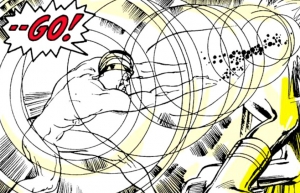 The introduction of Alex Summers and his becoming Havoc was probably one of the most unique costumes ever designed, and the use of concentric circles to display his power was again, very unique. In later issues with the introduction to Sauron and the Savage Land storyline we got to see this creative team shine .It was also pretty obvious that Roy Thomas was really excited about scripting these stories.
The introduction of Alex Summers and his becoming Havoc was probably one of the most unique costumes ever designed, and the use of concentric circles to display his power was again, very unique. In later issues with the introduction to Sauron and the Savage Land storyline we got to see this creative team shine .It was also pretty obvious that Roy Thomas was really excited about scripting these stories.
If you are not familiar with this era of the X-Men from the very late Silver Age/early Bronze Age do yourself a favor and check it out! They are available in affordable trade paperback.
Check out the attached images and see if you aren’t drawn to this work. I was so impressed with Neal’s work I started buying his DC stuff as well, which was something I rarely did. Buy DC books that is. I could really appreciate the Denny O’Neil/Neal Adams collaboration on Batman,Green Lantern, and he was doing so many covers at that time, it led me to such DC stalwarts as Irv Novick and Dick Giordano.
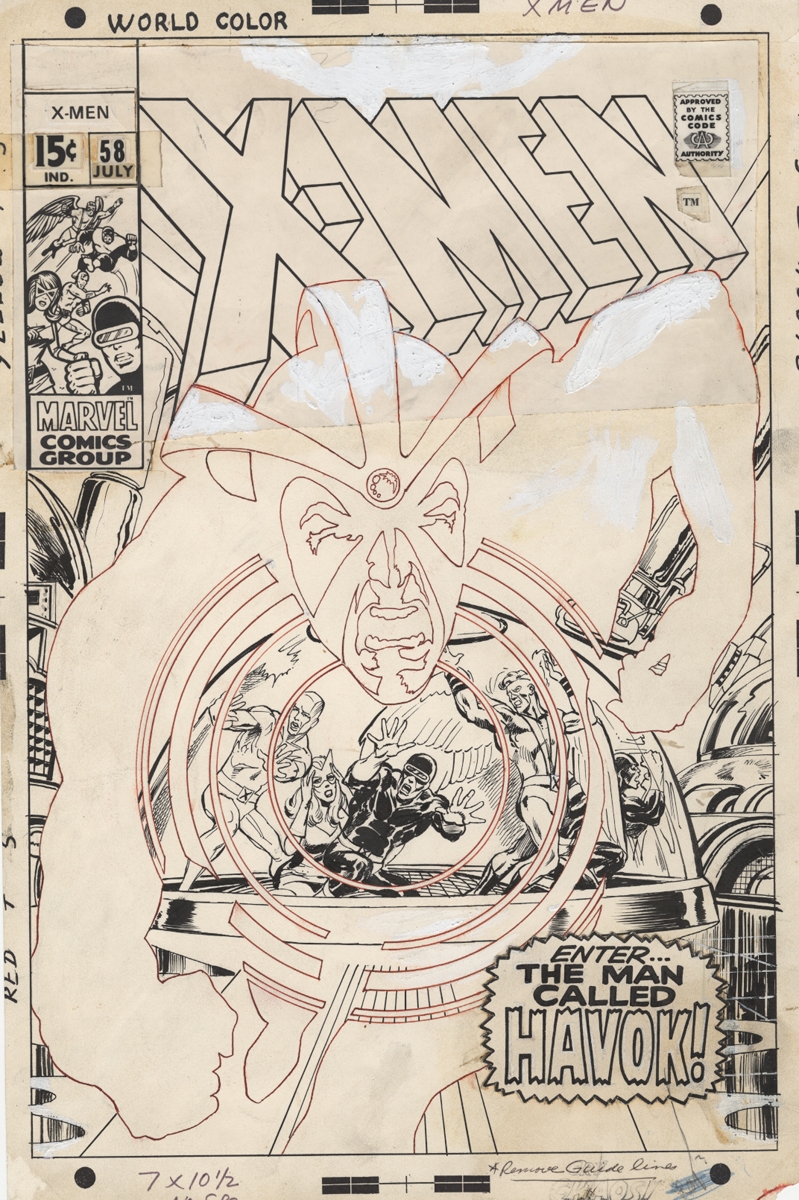
So again, if you are unfamiliar with this era, check it out! You won’t be sorry you did.
Continued Happy Collecting!

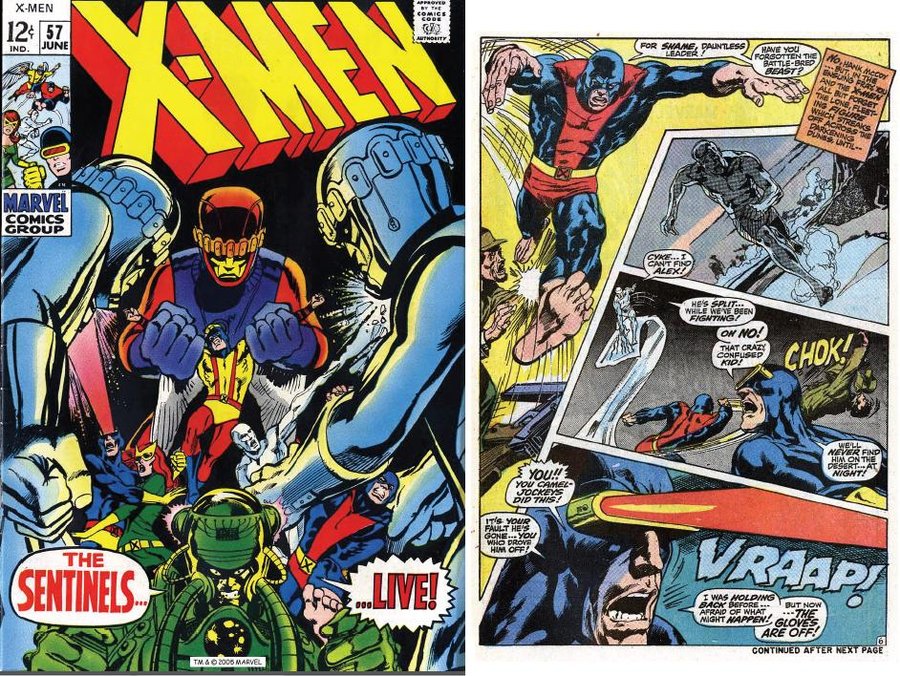
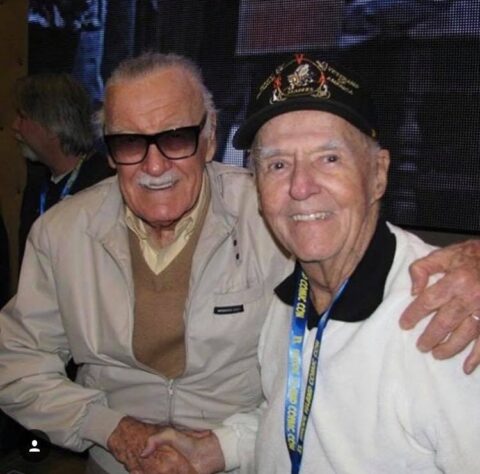
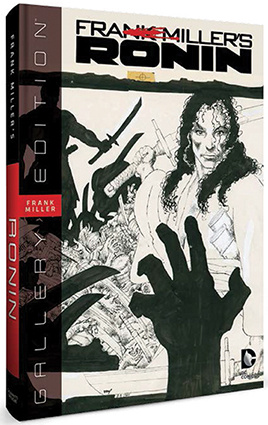
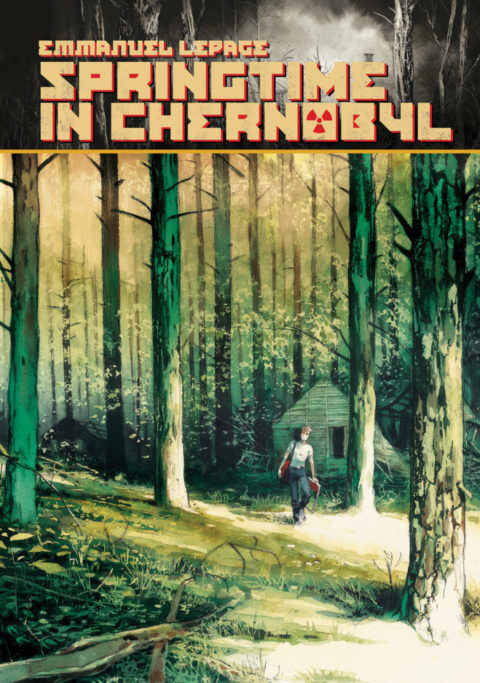
DENNIS SAYS ……the artistic team is on a comic book. It can make or break a title. The interesting thing is that over time (sometimes years) a title will go through wild swings in the life of that title. To name a few, John Byrne’s Fantastic Four, Miller’s Daredevil and Gene Colan’s Doctor Strange.
i agree. At one time comics were just stories in color…but now we regard comics as art. Each panal is a Rembrandt painting to be studied for composition.
It should be remembered that even more successful comic book artists were paid less than an average wage. High turnover and moonlighting on second jobs caused deadlines to be missed. Rush jobs were the norm. Artists were hired for speed not perfection. Vince Colletta would ink an entire issue sunday morning and drop it off at marvel on his way to noon catholic church mass.
Daredevil in 1964 to 1965 suffered from Everett, then Orlando, the Wally Wood, then Powell, then Romita, then Gene Colan as revolving artists in a 2 year span from issues 1 to 20. Well maybe i should not say suffer…because those are 6 of the greatest artists in my opinion. But the continuality and charactor familiarity feel was lost for many readers.
But when multiple artists work on a book, each adds something better making a fuller charactor long term. A fresh artist takes a charactor further. But fans and readers may be confused and alienated at first. That is the risk.
It is fascinating to consider the randomness of it all. Whoever knocked on Stan Lees door was assigned the next issue, and somehow years later we hang on the variations of art in every issue. What was once just random drawing assignments has now become the ebb and flow of a title.
Stevie V.
Couldn’t agree with you more Steve about how disruptive multiple creative teams over a period of time can be, not only to the artistic continuity but the sales on a book.The multiple creative teams that seem to happen now over single story arcs are a good example of both.Also in the Silver age great books were sometimes cancelled because of the lag in sales reporting.Doc Strange and X-men perfect examples of that.
Dennis, as far as I am concerned you can repost this daily for the next hundred years. The only other run that comes close to resonating with me this way is the later Claremont/Byrne/Austin X-Men run – that one I experienced in realtime (I was still on Casper the Ghost when the Adams run hit the stands). And of course the early Claremont/Byrne/Austin issues were direct descendants of the Thomas/Adams/Palmer run. Everybody should have a reprint of this – I think I have gone through about three versions…
That is actually my next post chrismeli!
Hey Dennis,
I’m a whole week late getting a comment out on this great post. Neal Adams did fabulous work on his short-run of the X-Men. It made make me think a bit about something else you said in this post (an artist came make or break a comic). If you had said that to me practically anytime over the past five years I would have agreed with you completely. Now I am not so sure I agree.
I have come to a conclusion that a great artist can elevate a comic to higher levels than a previous artist on the same material. Re-shape it and make it a much better product artistically. However I don’t think this makes the end product any more commercially viable than before if the readers/buyers of the comic aren’t sufficiently interested in the characters in the book. The emotional connection between reader and comic book will trump the artist every time – commercially.
Neal Adams work is a great example of what I am talking about. He couldn’t save the X-Men (I don’t think Vincent Van gough could have either), moved on to a critically lauded Green Lantern run that also ended in comic cancellation. Neal Adams went to Batman and took him the highest levels of popularity he had seen since the Golden age of comics. Did Neal Adams suddenly become a better artist? No – he took a much beloved character and gave him a much needed make over and the Batman soared. All of Neal Adams comic work was critically acclaimed and rightfully so. The X-Men and Green Lantern had small loyal followings but not enough to be successful at the time they were cancelled.
When the X-men returned they were running Bi-Monthly for almost three years (issues #94 -111). Marvel had no distribution issue to contend with, they were carefully establishing a new team. One with the favorites from the old team, and some new members (including some laggard named Wolverine). The new team was doing OK but really took off with the arrival of a new artist named John Byrne in issue #108. This is my segue for your next post ^-^!
Thanks for the comment Mike.I think that your point is absolutely right .Neal Adams didn’t save the X-men or Green Lantern from being cancelled , so “commercially”it wasn’t enough to save those books”.However ,what it did do was build up an awareness in Neal Adams work,that and all the cover work he did,that by the time he got to Batman it reached critical mass and connected with the audience.Remember,not many people were left reading the X-men,or Green Lantern for that matter, by the time he took those titles over.
Roy Thomas has said that the cancellation of the X-men was due to the impatience of ,I believe Martin Goodman, if memory serves, and the title was cancelled before the actual sales figures came in.After it was cancelled, the numbers showed sales were improving on a monthly basis.Just not the instantaneous tracking of data, like we have now.
One last thing,even though those titles were cancelled at the time , look at the following they have in the back issue market.Many a key issue with a high price tag in high grade in both those runs!
I followed Neal from the X-men to any other title he worked on just to see what he was going to come up with next!